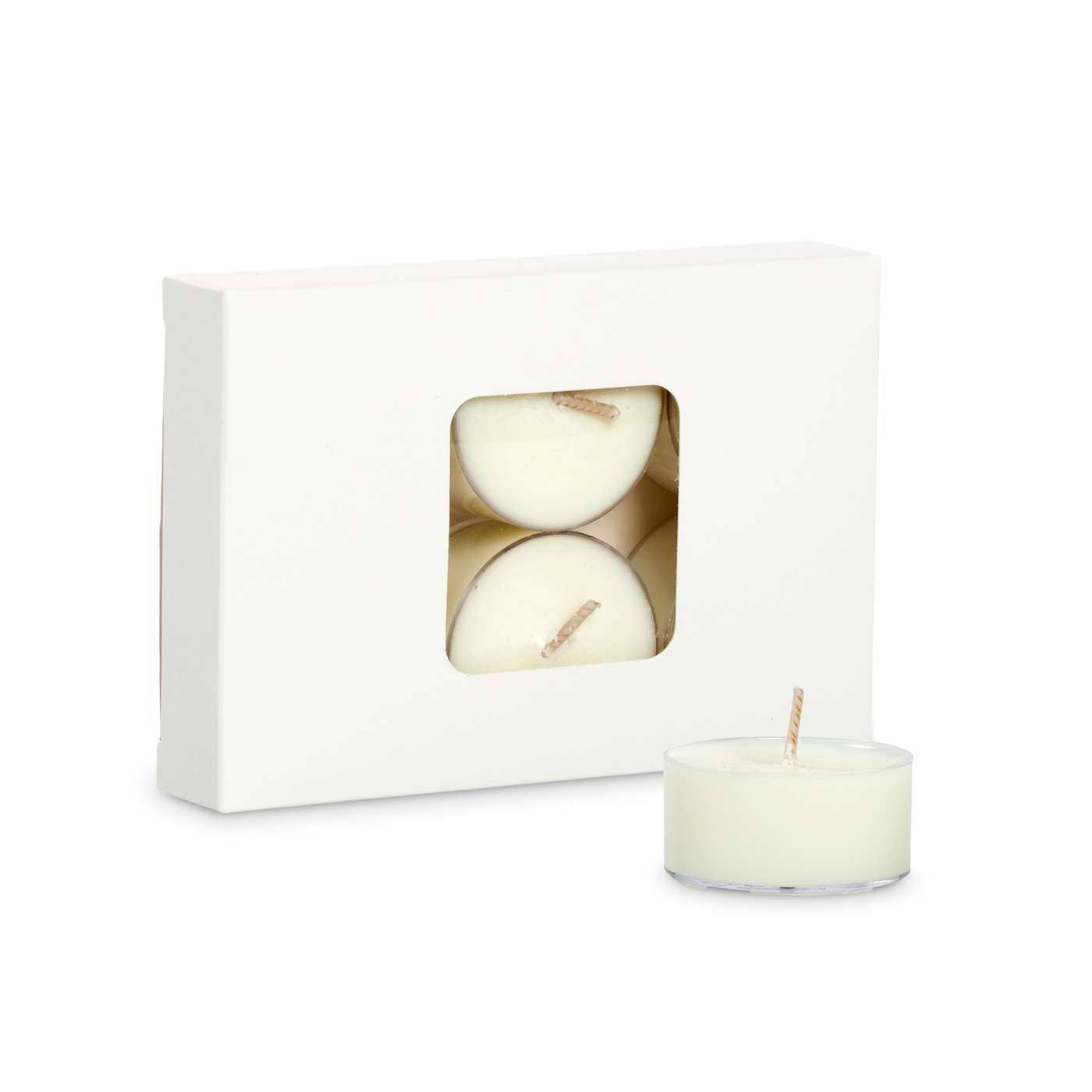Illuminate Your Environment with Crystal Soy Candles and Home Fragrance
Illuminate Your Environment with Crystal Soy Candles and Home Fragrance
Blog Article
From Wick to Wax: Understanding the Chemistry Behind Soy Wax Candles and Their Environmental Impact
As we brighten our rooms with the warm glow of candles, there exists a world of elaborate chemistry behind the apparently simple act of lighting a soy wax candle light. Join us as we untangle the scientific intricacies behind soy wax candle lights and discover their ramifications on our setting.
Soy Wax Vs. Paraffin Wax
When comparing soy wax and paraffin wax for candle production, it is essential to understand the distinct characteristics and advantages of each material. Soy wax is an all-natural, renewable energy obtained from soybean oil, making it green and eco-friendly - soy wax candles. On the other hand, paraffin wax is a byproduct of petroleum refining, which raises issues regarding its environmental impact and sustainability
Soy wax candles burn cleaner and give off less soot compared to paraffin wax candle lights, making them a much healthier option for interior air high quality. Furthermore, soy wax has a lower melting point, enabling a longer-lasting candle that disperses fragrance better. Paraffin wax, on the various other hand, often tends to burn faster and much less cleanly, possibly releasing harmful chemicals into the air.
From a sustainability perspective, soy wax is favored for its biodegradability and renewable sourcing, aligning with the growing customer choice for ecologically conscious products. While paraffin wax has actually been a standard choice in candle light making because of its affordability and ease of usage, the shift in the direction of eco-friendly choices like soy wax is getting momentum in the sector.
Chemical Structure of Soy Wax

Combustion Refine in Soy Candles
The chemical composition of soy wax straight influences the burning process in soy candle lights, impacting factors such as melt time, explanation fragrance release, and ecological impact. When a soy candle light is lit, the heat from the fire melts the wax near the wick.
The combustion effectiveness of soy candles is affected by the purity of the soy wax and the high quality of the wick. A clean-burning soy candle with an effectively sized wick will decrease and create a steady fire soot development. This not only prolongs the burn time of the candle light however also improves the launch of fragrances. Furthermore, soy wax candle lights have a lower environmental influence compared advice to paraffin candles due to their eco-friendly and naturally degradable nature.

Environmental Advantages of Soy Wax

Taken into consideration a sustainable alternative to standard paraffin wax, soy wax uses remarkable environmental benefits that make it a popular choice among eco-conscious consumers. One substantial benefit of soy wax is its eco-friendly sourcing. Soy wax is originated from soybean oil, which is mostly grown in the United States. The growing of soybeans helps support local farmers and reduces the dependence on non-renewable fossil fuels utilized in paraffin wax production. Additionally, soy wax is eco-friendly, suggesting it damages down naturally without releasing unsafe contaminants right into the setting. This particular makes soy wax candle lights a much more ecologically friendly choice contrasted to paraffin wax candles, which are made from petroleum, a non-renewable source. In addition, soy wax burns cleaner and produces less soot than paraffin wax, adding to better indoor air high quality and decreasing the demand for cleaning and upkeep. In general, the ecological benefits of soy wax straighten with the expanding demand for environment-friendly and look at this website sustainable items in the marketplace.
Recycling and Disposal Factors To Consider
Recycling and appropriate disposal of soy wax candles play a vital duty in keeping ecological sustainability and minimizing waste in communities and homes. When it comes to recycling soy wax candles, the very first action is to make sure that the candle light has actually melted entirely.

In regards to disposal, if recycling is not an option, soy wax candle lights are biodegradable and can be securely dealt with in a lot of family waste systems. It is constantly advised to check with regional recycling facilities or waste monitoring services for specific guidelines on candle light disposal to make sure proper handling and ecological security.
Verdict
In verdict, the chemistry behind soy wax candle lights reveals their environmental advantages over paraffin wax candles. Soy wax, acquired from soybean oil, burns cleaner and generates less soot when contrasted to paraffin wax.
When contrasting soy wax and paraffin wax for candle production, it is crucial to understand the distinctive characteristics and advantages of each product (home fragrance).Soy wax candle lights burn cleaner and give off much less residue compared to paraffin wax candles, making them a healthier option for interior air quality.Considered a lasting choice to traditional paraffin wax, soy wax offers significant ecological advantages that make it a preferred choice among eco-conscious consumers. Soy wax burns cleaner and generates much less residue than paraffin wax, adding to far better indoor air quality and decreasing the demand for cleansing and upkeep.In verdict, the chemistry behind soy wax candles exposes their environmental advantages over paraffin wax candle lights
Report this page